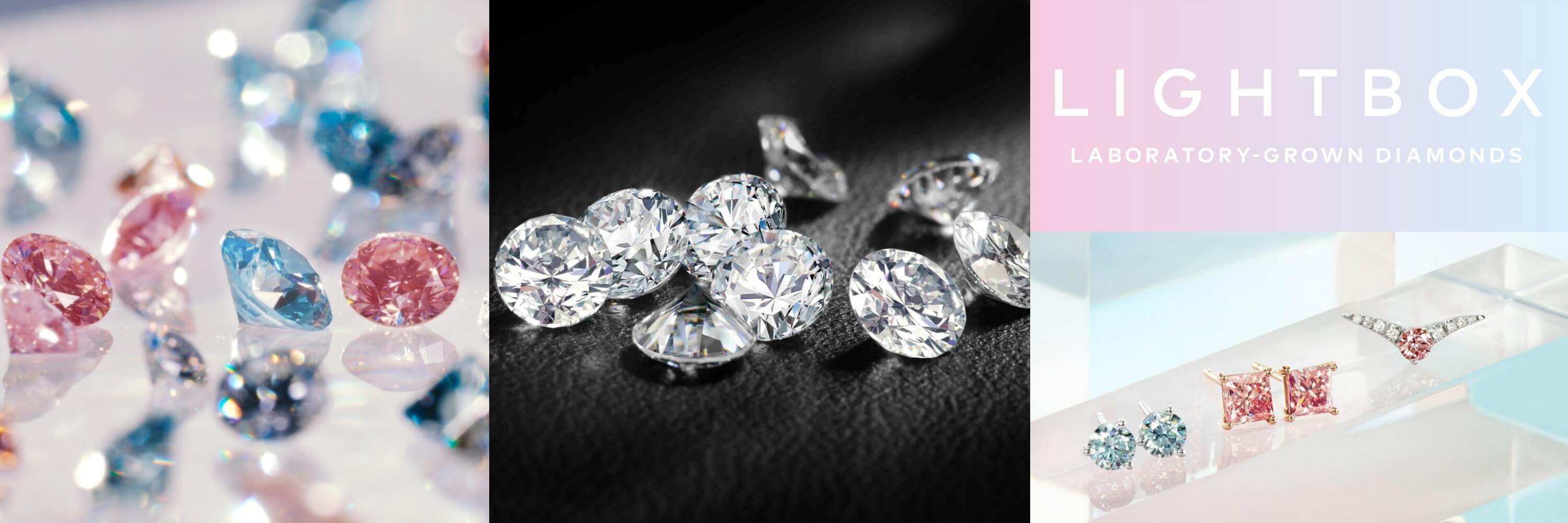De Beers nail colours to the synthetic diamond mast with Lightbox launch
De Beers nail colours to the synthetic diamond mast with Lightbox launch
Reading Time:
1 min {{readingTime}} mins
Man-made diamonds might not be forever but they are for long enough to persuade De Beers to part with millions and millions to capitalise on the growing demand worldwide for cheaper, traceable stones.
De Beers have in fact been producing lab-grown diamonds for years but only industrialists will have been familiar with their products, since they have been used only in equipment for mining and drilling and making semiconductors.
Using them for jewellery was a step too far, they maintained, and they were vocal in their reluctance to go down the synthetic path. Until now that is.
This week, they announced the launch of Lightbox Jewellery, a new company to be rolled out in the US in September to sell diamonds made in a brand new £70 million laboratory in Portland Oregon as well as in their existing facility in Harlow, UK for a line of “affordable fashion jewellery that may not be forever but is perfect for right now” as De Beers Chief Executive Officer Bruce Cleaver described it.
Affordable means as little as £150 though you could expect to pay £3000 for a 1-carat synthetic diamond - pink, blue or white - as compared with £6000 for a mined one. All the stones will be specially hallmarked by UK gemstone etching firm Opsyda to make it clear to buyers that the diamonds are synthetic since it is almost impossible to tell the difference with the naked eye.

“We’ve learned from our research that there is a lot of confusion about lab-grown diamonds – what they are, how they differ from diamonds, and how they are valued. Lightbox will be clear with consumers about what lab-grown diamonds are and will offer straightforward pricing that is consistent with the true cost of production,” said Steve Coe, Lightbox Jewellery’s general manager, in a statement. This shift in focus has come with a shift in consumer tastes and trends. According to report by Morgan Stanley, the new generation of younger consumers regard lab-grown diamonds as a 'fun, pretty product that shouldn't cost that much".
This shift in focus has come with a shift in consumer tastes and trends. According to report by Morgan Stanley, the new generation of younger consumers regard lab-grown diamonds as a 'fun, pretty product that shouldn't cost that much".
They choose to spend their money on food, property, holidays and elecronics rather than diamonds and are much more concerned with ethical and sustainable issues in jewellery making. Synthetics fit their bill to a tee since they are created from carbon in six foot microwave chambers and superheated into 'glowing plasma balls'.
De Beers will also be mindful of the shortfall in supply of natural diamonds that is forecast over next few years. By 2050, that shortfall is predicted to be 278 million carats worldwide which is likely to send prices per carat rocketing - more than ever. So this new liking for synthetics is great news for suppliers.
Tooling the new laboratories to such a massive scale means De Beers will be able to churn out the diamonds at a rate that is currently unmatched by competitors - around 500,000 rough carats a year - allowing them to dominate the man-made sector, which by 2020 could represent 7.5% of the £15 billion diamond market.
Author:
Published:









